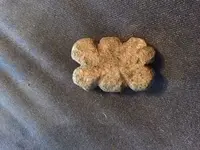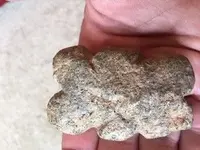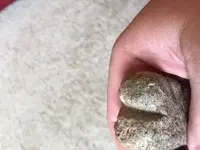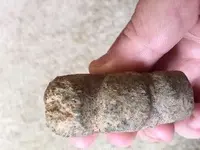CedarCreek1
Greenie
- Joined
- Aug 5, 2020
- Messages
- 10
- Reaction score
- 12
- Golden Thread
- 0
- Location
- Coweta County Georgia
- Primary Interest:
- All Treasure Hunting
Last edited:
Upvote
0








